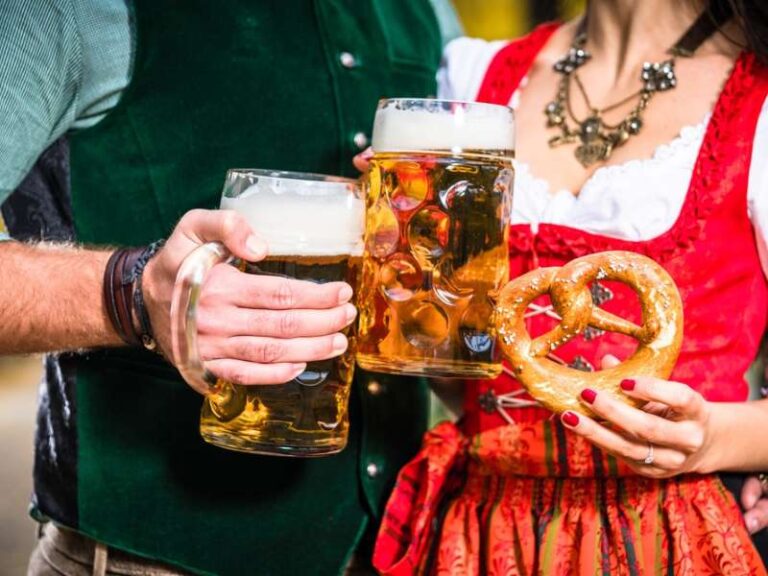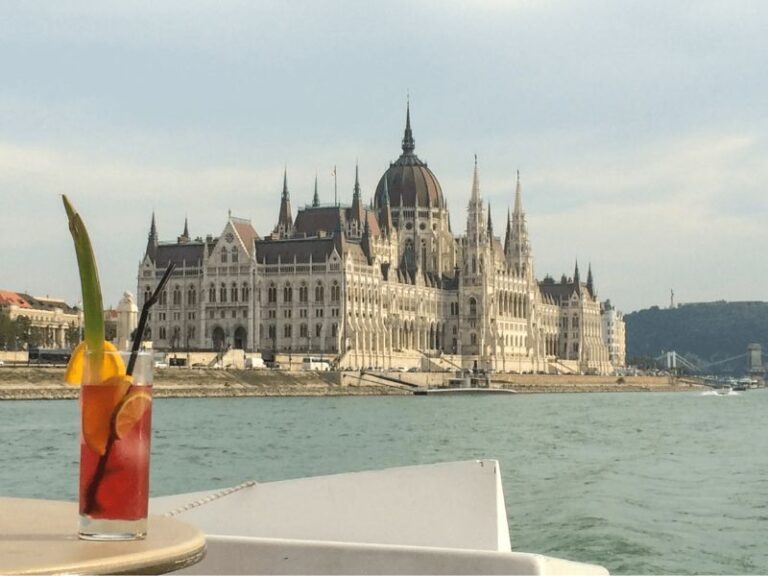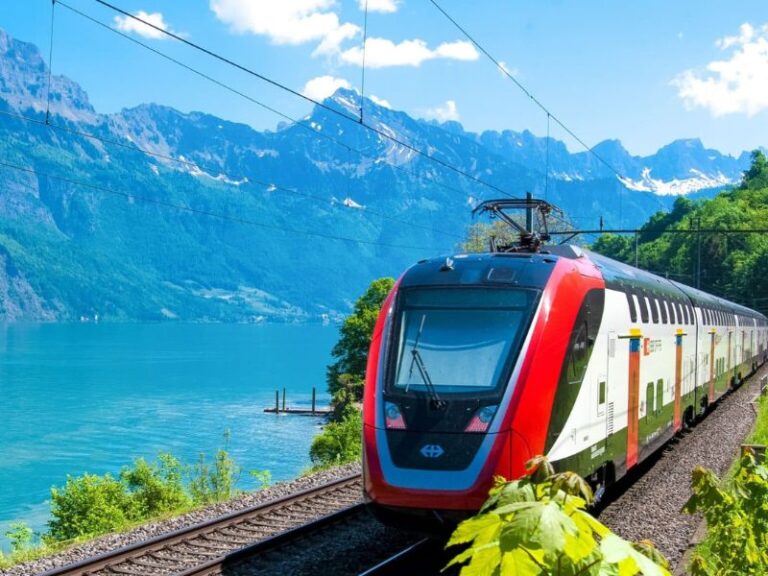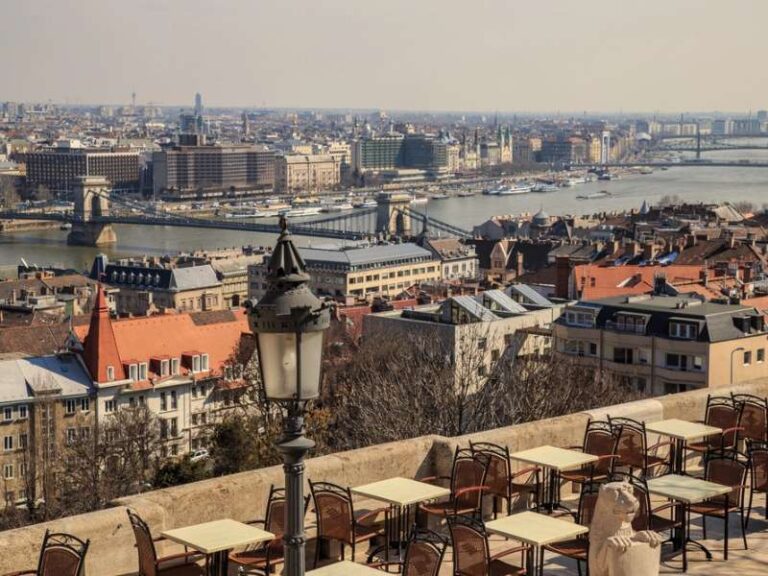Interrail Budget: Cost Breakdown, Money Saving Tips & More
Live Adventure Travel contains affiliate links and is a member of the Amazon Services LLC Associates Program. If you make a purchase using one of these Amazon links, I may receive compensation at no extra cost to you. See my Disclosure Policy for more information.
I am a strong believer that everyone should go on an interrail trip at least once in their lifetime. It is an unforgettable experience, full of unique adventures and exciting memories. But…there is no denying it, travelling around Europe is EXPENSIVE! It can be hard to determine how much you will spend before jetting off. Lucky for you, I spent 4 months backpacking across Europe and took note of everything I spent so I can report back to you the perfect interrail budget.
But… before we begin, there are a few factors we need to discuss before predicting your Interrailing budget. Because let’s be realistic everyone’s spending will be different!
Important Note…
There are a few expenses that I did not include in my overall cost breakdown due the price being dependent on your country of residence. So, below are some additional things you should consider when budgeting for a Interrail trip.
📞 Staying connected with friends and family….I’m from Ireland so luckily my normal phone bill worked in all of the countries I visited. However, when I am not travelling within the EU I always use Airalo, a eSim company that offers affordable data plans in 200+ countries. They also have a Europe plan that covers over 39 European countries. Perfect for Interrailing!
🏨 Avoid hospitals bills while abroad…It is beyond me why someone would go away without making sure they have travel insurance first. As someone who has personally been injured abroad, I can not stress this enough, but travel insurance is a VITAL part of your Interrail Packing List! I recommend Safety Wing for high rated, yet affordable cover.
🛫 Get the best flight deals…I also didn’t include flights in the cost breakdown, cause, well that really depends on where you are travelling from. I recommend using Skyscanner to check when the most affordable date are.
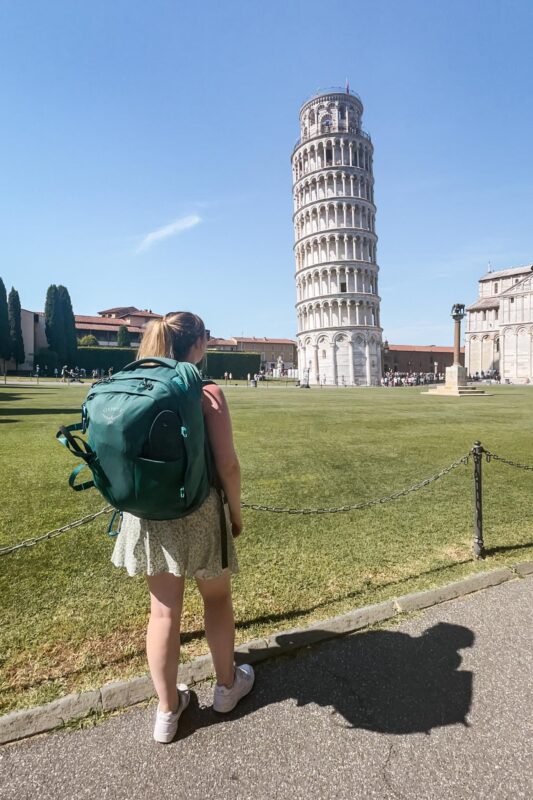
1. Location, Location, Location…
The first thing you need to consider before setting a budget for your Interrail trip is your desired route. You might not think it but your interrail route can have a massive impact on your budget. However, while you may consider yourself a budget traveller, if you intend on travelling through all Western and Northern countries you may as well double your budget as a hostel alone can cost €50+ a night in the likes of, Ireland, the Netherlands and Sweden.
2. Accommodation type
Another thing to be mindful of is the type of accommodation you intend on booking. The most budget-friendly option for a solo traveller is of course a hostel. However, if you are travelling as part of a group perhaps Airbnb is another good option you could factor in.
I do have a guide on all the hostels I stayed in on my trip and my own personal experience with each of them. Some I liked some I strongly disliked. So, if you plan to hostel your way through Europe, I highly recommend you give it a read.
Pro Tip…
🏨 Shop around when looking for hostels, apartments or hotels in each city. I found that the prices on Booking.com where often more expensive than on HostelWorld, or vice verse depending on the location. So, make sure you check both sites before you book. I also advise making note of the ‘city tax’ charge as it’s often not included in the displayed price.
3. Eating Habits
We all have different eating habits, that’s normal, but when it comes to interrailing you have to be a little bit conscious of what you eat, or more importantly where you eat it. If you plan to eat out in restaurants for the duration of your trip then I’d advise having quite a high budget allocated for that. Spending money on food can add up quickly. Luckily, most hostels and Airbnbs will have a kitchen for those looking to cook their own meals.
I purchased this collapsable lunch box on amazon and it proved to be very useful throughout my trip. If I was staying somewhere for longer than 3 days I would make up a big dinner the first night, then store the leftovers in the fridge for the remaining days.
There is also a ton of budget-friendly eating options, from street food to bakeries. It’s common to see LARGE pizza slices for €2/3 in most major European cities.
However, with that being said, even if you are on a budget, that does not mean you can’t threat yourself from time to time, like taking a food tour in Munich or enjoy and authentic pasta in an Italian Restaurant. Just be mindful of what your spending on food if you want your trip to stay budget friendly.

4. The type of pass you choose to get
I am going to presume, that you have plans to book an interrail pass. This is something I highly recommend. While, there are more budget-friendly ways of getting around Europe, ie busses. To make the most of your money you would need to book your journey months in advance.
There are 2 types of Global Interrail passes:
A non-consecutive Global pass: This gives ticket holders the option to travel Europe by train over a certain period of time using a certain amount of days. For example, 10 days within two months pass allows passengers to use their interrail pass 10 times over the space of 2 months.
A continuous Global pass: This allows passengers to use their pass whenever they like during a set period of time, without having to worry about having a limited number of days.
I personally have used both types of passes. On my first interrailing trip in 2015, I purchased a non-consecutive global pass (the cheaper of the two). On my second interrail trip, I decided to purchase the continuous pass and I am so glad I did. Being able to travel wherever and whenever I wanted really made a difference when it came to planning. I was away for 4 months and I often used my interrail pass for day trips as well as long journey days.
What is your Interrail Budget style?
Before we dive into the nitty-gritty of budgeting for an interrail trip. It is important to determine what kind of spending style you have. That way we can determine your spending habits and ultimately come up with an estimated budget for your trip.
I have created a table that explains the different types of interrailing styles depending on an individual’s spending habits ranging from a shoestring budget, a mid-sized budget, to a high-sized budget. Take a look and see which one resonates with you the most.
Personally, I fall into the mid-budget category. I’m all about budgeting when it comes to accommodation, food, and transportation, but I also believe in splurging on unforgettable experiences.
As we go through the post, I’ll break down my expenses into six categories: accommodation, food, transport, alcohol, and others. I’ll give you examples of how I spent my money, so you can figure out if you’re likely to spend more or less.
Sure, I could just give you a final figure and be done with it, but the truth is everyone’s budget will be different depending on their unique spending habits. So, let’s get started!
| TYPE OF SPEND | INTERRAILING ON A SHOESTRING | INTERRAILING ON A MID-SIZED BUDGET | INTERRAILING ON A HIGH-SIZED BUDGET |
|---|---|---|---|
| Accommodation Type | Largest Dorms (10-21+ beds) | Mid Size Dorms (4 – 10 beds) | Private Rooms |
| Transport | Mostly Walk | Walk, Bus, Tram | Walk, Bus, Tram, Uber |
| Activities | FREE Walking Tours | FREE Walking Tours, Some paid activities | FREE Walking Tours, & paid activities |
| Food | Cook all of your own meals | Cook most of your own meals, occasionally eat fast food, food trucks & restaurants | Eats in restaurants most nights |
| Average Daily Budget | €40-€55 | €55-€80 | €150+ |
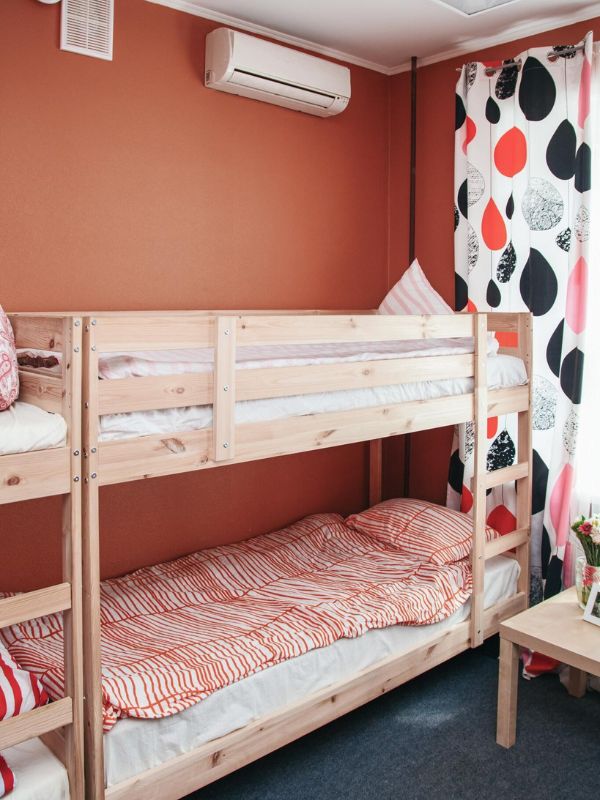
Interrailing on a budget: Accommodation Cost
As mentioned previously, the most cost-effective way to save money on accommodation while interrailing through Europe is by staying in hostels. However, the location of the hostel and the dorm size you choose will have an impact on your budget.
I have broken down how much I spent per night in each country I visited to give you an understanding of how much the accommodation cost can vary. I spent on average, €30 per day on hostels, however, if you plan to visit more Eastern/Northern countries I recommend budgeting for at least €45 per day.
It is also important to note, that I was travelling for the most part in the peak season. So, if you intend to visit Europe in the shoulder months you can reduce your budget slightly.
If you are looking for hostel recommendations, check out my detailed guide on the best hostels in Europe.
| COUNTRY | AVERAGE NIGHTLY SPEND | MONTH |
|---|---|---|
| Croatia | €19 a night | May |
| Italy | €36 a night | June |
| Poland | €9 a night (dorm), €36 a night (Private) | July |
| Czechia | €28.60 a night | July |
| Hungary | €21 a night | July |
| Slovenia | €34.75 a night | July |
| Austria | €42.80 a night | July/August |
| Germany | €26.30 a night | August |
| Switzerland | €50.85 a night | August |
| France | €30.30 a night | August |
| Total Nights | Total Spend | Average Nightly Spend |
| 114 | €3,388 | €30 a night |

Interrailing Budget: Food Cost
Food is an expense that can add up rather quickly, especially if you are not keeping track of what you are spending.
I personally, cooked the majority of my food in hostel kitchens. However, I would treat myself to a local dish or a ‘meal out’ from time to time. But in this case, I would purchase from food trucks. Which are relatively affordable.
Another thing to consider as part of your food budget is beverages. You WILL get thirsty. And a bottle of water or a soft drink can cost anywhere from 1/4 euro depending on the country.
I recommend packing a reusable water bottle to keep the cost down. I recommend this reusable bottle. I love that it has a clip so I can add it to the outside of my bag.
| Country | Average Daily Food Cost | Eating Habits |
|---|---|---|
| Croatia | €13.3 | My own meals & Street Food |
| Italy | €21 | My own meals, Street Food, restaurants |
| Poland | €11 | My own meals & Street Food |
| Czechia | €13 | Streetfood & Resturant |
| Hungary | €15.80 | My own meals, Streetfood & Restaurant |
| Slovenia | €22.9 | My own meals, Streetfood & Restaurant |
| Austria | €21.30 | My own food (It was more expensive than expected) |
| Germany | €10 | My own food |
| Switzerland | €17.80 | My own food (Literally lived on pasta, tomato sauce and bread 😂) |
| France | €32.50 | My own meals, Streetfood & Restaurant (Had no kitchen in Paris) |
| Total Days | Food Total Spend | Food Daily Average |
| 114 | €2,044.36 | €17 a day |
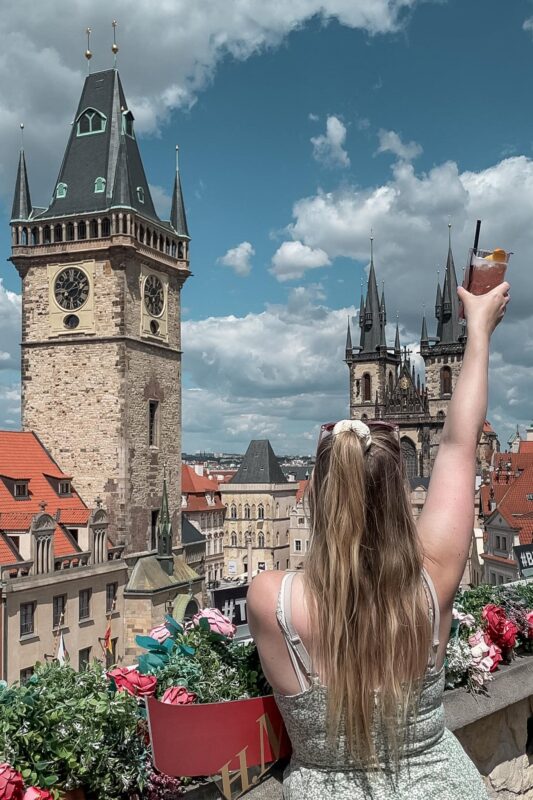
Interrailing Cost: Alcohol
I must admit, one thing that caught me off guard during my interrail trip was how much I underestimated the cost of a night out or hostel shenanigans. Despite not being much of a drinker, I found myself swept up in the lively atmosphere of the hostels during my first month in Europe.
Meeting new people from all over the world and dancing until the early hours of the morning is all part of the interrail experience. But as much as I enjoyed it, it definitely took a toll on my budget.
I quickly reevaluated my spending in my second month. Don’t get me wrong, I still enjoyed the nightlife but I choose to not drink 90% of the time.
For those planning to party during their interrail adventure, I would suggest adding an extra €10-15 to your daily budget to account for the expenses that come with the nightlife. Trust me, it’s worth it to have a good time, but it’s also important to keep an eye on your finances.
| Country | Total Alcohol Spend in Each Country |
|---|---|
| Croatia | €109.52 |
| Italy | €57.3 |
| Poland | €12.64 |
| Czechia | €11 |
| Hungary | €26.31 |
| Slovenia | €15 |
| Austria | €14.00 |
| Germany | 0 |
| Switzerland | €6.76 |
| France | 0 |
| Total Days | Food Total Spend |
| 114 | €238.53 (avg: €2 a day) |

Interrailing Europe Cost: Activites & Tours
When it comes to interrailing, one cost that can easily creep up on you is the price of activities and tourist attractions.
Sure, there are plenty of budget-friendly things to do, but if you’re keen on day tours, like caving beneath Budapest, or exploring some beautiful national parks or taking part in some adventure activities, it’s worth setting aside some extra cash.
The last thing you want is to regret not visiting places like the fairytale setting of the Neuschwanstein Castle in Germany or the taking part in the iconic Boat Tours in Budapest.
That way, you can truly experience everything you want to do in a destination without feeling like you’re constantly overspending.
Speaking from my own experience, I’m really happy with how much I invested in tours and activities during my Interrail trip. Sure, some things like day trips through the Julian Alps or rafting in Croatia weren’t cheap, but the memories I have from those experiences are truly priceless. I even splurged on two trips to Disneyland Paris and don’t regret it one bit.
So if there’s something you’ve been dreaming of doing during your interrail adventure, don’t be afraid to allocate some extra funds towards it – it’s all part of the adventure! Down below is a grid highlighting how much I spent on activities, this will give you a good understanding of the cost involved.
✋ Nobody wants to get sick or hurt when abroad… but these are things we can not avoid or predict. As someone who has gotten injured in a foreign country I can not imagine what it would be like to travel without insurance. It is something I highly recommend.
Safety Wing is fantastic company to go with to make sure you are covered for health, medical or travel related emergencies. You can check out more about their cover here.
| Country | Total Activities Spend in Each Country |
|---|---|
| Croatia | €221.06 |
| Italy | €266.23 |
| Poland | €55.29 |
| Czechia | €23.4 |
| Hungary | €10.12 |
| Slovenia | €149 |
| Austria | €89.4 |
| Germany | €5 |
| Switzerland | €49.65 |
| France | €169.2 |
| Total Days | Activities Total Spend |
| 114 | €1038.35 (avg: €9 a day) |
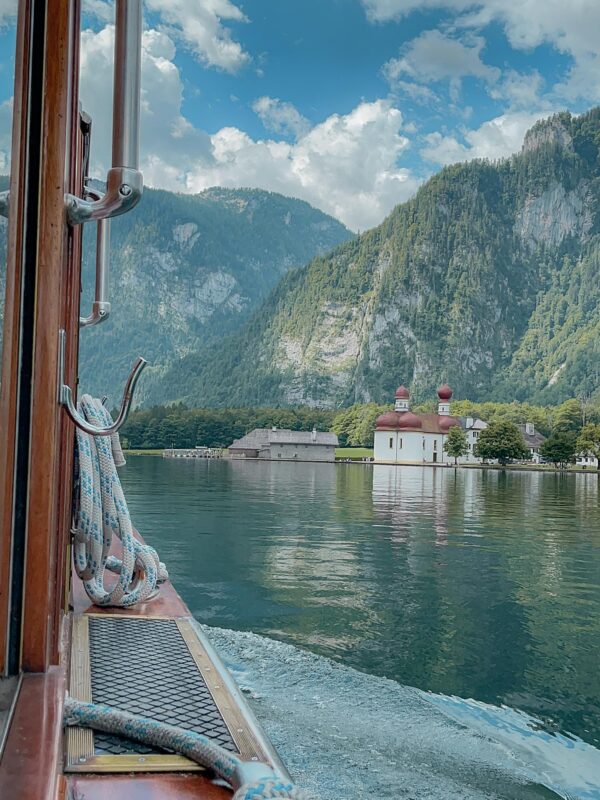
How much does it cost to Interrail: Transport
Travelling across Europe is an adventure in itself and while many backpackers swear by using buses as the most budget-friendly option, personally, I think interrailing by train is the way to go.
However, the interrail pass only covers regional trains for free. Therefore, there are some more transport expenses you will need to take into consideration.
1. Train reservations:
I have a little bit of bad news, if you intend on hopping on some of Europe’s famous high-speed trains then you will be required to book a seat reservation even with the Interrail Pass. The cost of this can range from €3 to €40 depending on your desired route. If you want to learn more about this and how the Interrail App works be sure to check out my youtube video where I explain it in more detail.
2. Public Transport:
It can be a good idea to book a hostel located near the train station, this way you avoid having to use a taxi service or public transport to check-in. Remember, that when you arrive in a city, you will have a big bag to transport around.
3. Ferrys and Busses:
Sometimes you will need to hop on a ferry or bus to reach your destination. For example, when visiting Berchtesgaden National Park in Germany. My interrail pass covered my initial journey to the park, however, I had to pay for the bus service around it and the ferry to Obersee lake.
These are expenses that I never really thought about before my trip. And they do add up. Down below is a chart demonstrating how much I spent on transport (including the interrail pass) on my 4-month trip.
| Country | Total Transport Spend in Each Country |
|---|---|
| Croatia | €114.06 |
| Italy | €328.60 |
| Poland | €103.71 |
| Czechia | €58.55 |
| Hungary | €39.62 |
| Slovenia | €69.58 |
| Austria | €133.10 |
| Germany | €19.8 |
| Switzerland | €64.40 |
| France | €88.20 |
| Total Days | Food Total Spend |
| 114 | €927.22 (avg: €8 a day) |

Interrail Cost: Unexpected Expenses
When it comes to budgeting for an interrail trip, there’s a category of expenses that are often overlooked – the little things that you don’t quite anticipate having to buy throughout your journey.
These expenses can really add up, such as the cost of doing laundry, which can easily set you back €10 each time. Visiting the pharmacy for things like painkillers, allergy medication or other unexpected health needs can also rack up a significant bill, particularly if you’re away for an extended period of time. And let’s not forget the cost of basic hygiene products like shampoo, toothpaste, and deodorant.
Then there are the expenses that you can’t quite remember what you spent the money on – we’ve all been there!
Cash withdrawals can quickly eat away at your budget if you’re not keeping track of your spending.
One expense that caught me off guard during my interrail trip was clothing. I didn’t pack the right clothes for the journey and ended up spending way more money on outfits than I care to admit. It’s definitely something to keep in mind when planning your budget.
| Country | Total of ‘Other’ Expenses |
|---|---|
| Croatia | €75.82 |
| Italy | €134.16 |
| Poland | €120.93 |
| Czechia | €10.20 |
| Hungary | €0 |
| Slovenia | €148 |
| Austria | €210.58 |
| Germany | €0 |
| Switzerland | €0 |
| France | €0 |
| Total Days | Other Total Spend |
| 114 | €699.69 (Average of €6 per day) |
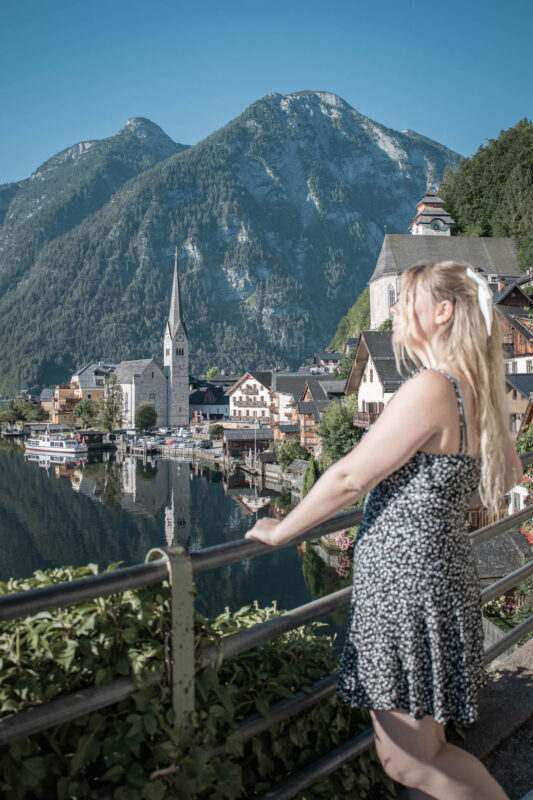
Interrail Cost Breakdown
And now, the moment of truth – my grand total for the 114 days I spent interrailing through Europe.
Drumroll, please
After careful calculations, I spent a total of €8,336 on my journey, averaging out to around €73 per day.
Please bear in mind that this is just a rough guide and your own expenses may vary depending on a variety of factors such as the types of accommodation you choose, which countries you visit, the activities you participate in, your eating habits and your personal backpacking style.
That being said, I’ve provided a detailed breakdown of my expenses by country below to give you a more comprehensive understanding of how I spent my money.
| Country | Total of ‘Other’ Expenses |
|---|---|
| Croatia | €1,231 (€56 per day) |
| Italy | €2327.07 (€86 per day) |
| Poland | €712.40 (€59 per day) |
| Czechia | €311.97 (€62 per day) |
| Hungary | €258 (€52 per day) |
| Slovenia | €829 (€100 per day) |
| Austria | €1,330.73 (€95 per day) |
| Germany | €135.79 (€45 per day) |
| Switzerland | €326.68 (€108 per day) |
| France | €822.07 (€91 per day) |
| Total Days | Other Total Spend |
| 114 | €8,336 (€73 per day) |
How to save money while Interrailing Europe
1. Book your Interrail pass in advance
Booking your Interrail pass in advance can save you a lot of money. Discounts of up to 15% are available for early bookings. And, it is common for Interrail to hold a Black Friday sale, offering significant discounts. So, it’s always best to book your pass as early as possible to get the best deal.
2. Take regional trains
Opting for slower, regional trains can be an excellent way to save money while interrailing. You will not need to book a seat reservation on these trains and the views are normally just as pretty, they stop at smaller towns and villages along the way. You will also be surprised how nice it is to have a day of sitting down 😆
3. Book Hostels over hotels
Hostels are a great way to save money while travelling. They are usually cheaper far than hotels. They are also a great way to socialise with people from all over the world.

4. Book hostels with Kitchens
Booking hostels with kitchens can be an excellent way to save money on food. You can cook your own meals instead of eating out, which can be much cheaper. Also, buying a lunch box like this one saves you both money and space in your bag.
5. Make use of internal discounts available with your pass
The Interrail pass comes with many amazing discounts such as reduced fares on public transport routes, hostel discounts, guide your guide special rate and more. Make sure to make use of them while travelling through Europe.
6. Make use of Europe’s UNDER 27 discounts
Europe offers a range of discounts for people under 27, such as reduced museum entry fees or free transport. Make sure to bring your passport or ID to take advantage of these discounts. This discount seems to be more widely available than student ones.
7. Bring a reusable bottle
Bringing a reusable bottle can help you save money on drinks while also being more environmentally friendly. You can refill your bottle at water fountains and cafes. I recommend this one, it is my all-time favourite.
8. Don not withdraw cash from ALL ATM machines:
In Europe, there are ATM machines EVERYWHERE. Every time you turn a corner there are at least 3 machines BUT… these machines tend to have the largest withdrawn fees. I recommend finding an ATM that is attached to a bank as it will be a lot more affordable to withdraw money.
9. Make use of Night trains
Taking night trains can be an excellent way to save money on accommodation while also travelling. You can sleep on the train and wake up in a brand-new city. Now I must admit, I did not get much sleep on my night train but it was really cool to cover so much ground at night. If you want to see my night train experience you can watch it here.

10. Walk as much as possible (avoid public transport/ubers):
Walking not only saves money on transportation but it is also a great way to explore the city. It allows you to take in the sights and sounds and also helps you to stay active.
11. Pack light
Packing light can be an excellent way to save money on transport fees. Carrying a large bag around can make it more tempting to grab an Uber or public transport. I recommend this bag for anyone looking to pack light on their interrail trip.
12. Be mindful of your budget before you go
Being mindful of your budget before you go can help you avoid overspending. Make a list of your expenses and plan accordingly. Honestly, I am so grateful I did this.
13. SIM Cards
If you are visiting from outside the EU, odds are you will need to purchase a sim card. I was lucky, as my phone works as normal in most European countries. However, I made friends with fellow backpackers who were stung by high prices when purchasing sim cards and phone plans from shops in train stations and airports.
📞 Want to stay connected when travelling? Then I recommend checking out Airalo, a eSim company that offers affordable data plans in 200+ countries. They also have a Europe plan that covers over 39 European countries. Perfect for Interrailing! You can check out their deals here.
14. Pre-book accommodation if travelling in peak season:
This is not advice I like given, however, if you plan to travel in peak season I recommend pre-booking your accommodation. I learned the hard way and ended up spending a lot more money in my first month of interrailing.
15. Travel in the off-season
Travelling in the off-season can be an excellent way to save money as the hostels are a fraction of the price of the summer month. It’s also a great way to avoid crowds.

16. Pre Plan your route
Now, I am not saying you need to have a complete plan before you go, however, it is good to make note of what you want to see and do. This avoids unnecessary backtracking. Saving both time and money.
So, for example, say you plan to visit Budapest, have a look to see what other destinations are near by before jumping to say Lisbon which is on the otherside of the continent.
17. Don’t just visit cities
I see many people plan an interrail trip and only visit cities. But there are so many wonderful nature spots to visit that are accessible by train. Staying in these areas can also be cheaper in price. I loved exploring the likes of Annecy (France), Zakopane (Poland) and Plitvice (Croatia) while on my trip.
18. Take advantage of FREE walking tours
Many cities in Europe offer free walking tours, which can be a great way to explore the city and learn about its history and culture. Consider joining one of these tours to save money and gain valuable insights. Just remember to leave a small bit of money as a thank-you tip.
19. Share the budget with new travel friends
Making friends while travelling can be a great way to share expenses and create memorable experiences. Consider staying in hostels or using social networking apps to connect with other travellers. For example, in Hvar, I split the cost of a boat rental, food, and activities with my new friends.
20. Make note of what you REALLY want to do
Prioritisings what you really want to do can help you make the most of your trip and avoid overspending on activities that don’t matter as much to you. Consider making a list of your must-see sights and activities before you start planning your itinerary.
21. Eastern VS Western Europe
Eastern Europe is considerably more affordable than Western Europe. So, if you are trying to have your money go as far as possible try to stay out of the West. The Balkans is also a budget-friendly spot to travel around and is completely underrated. You will pay a fraction of the price in the likes of Krakow, Budapest and Split, compared to the likes of Lisbon, Rome or Dublin.
22. Plan your route ahead of time
Plan your Europe Route before starting your trip, I don’t mean you need to prebook everything but have an idea of where you want to go. This way you will avoid travelling back and forward and ultimately spending more money on transportation than needed.
So, for example, say you plan to visit Rome, have a look to see what other destinations are near by before jumping to say Lisbon which is on the otherside of the continent.


